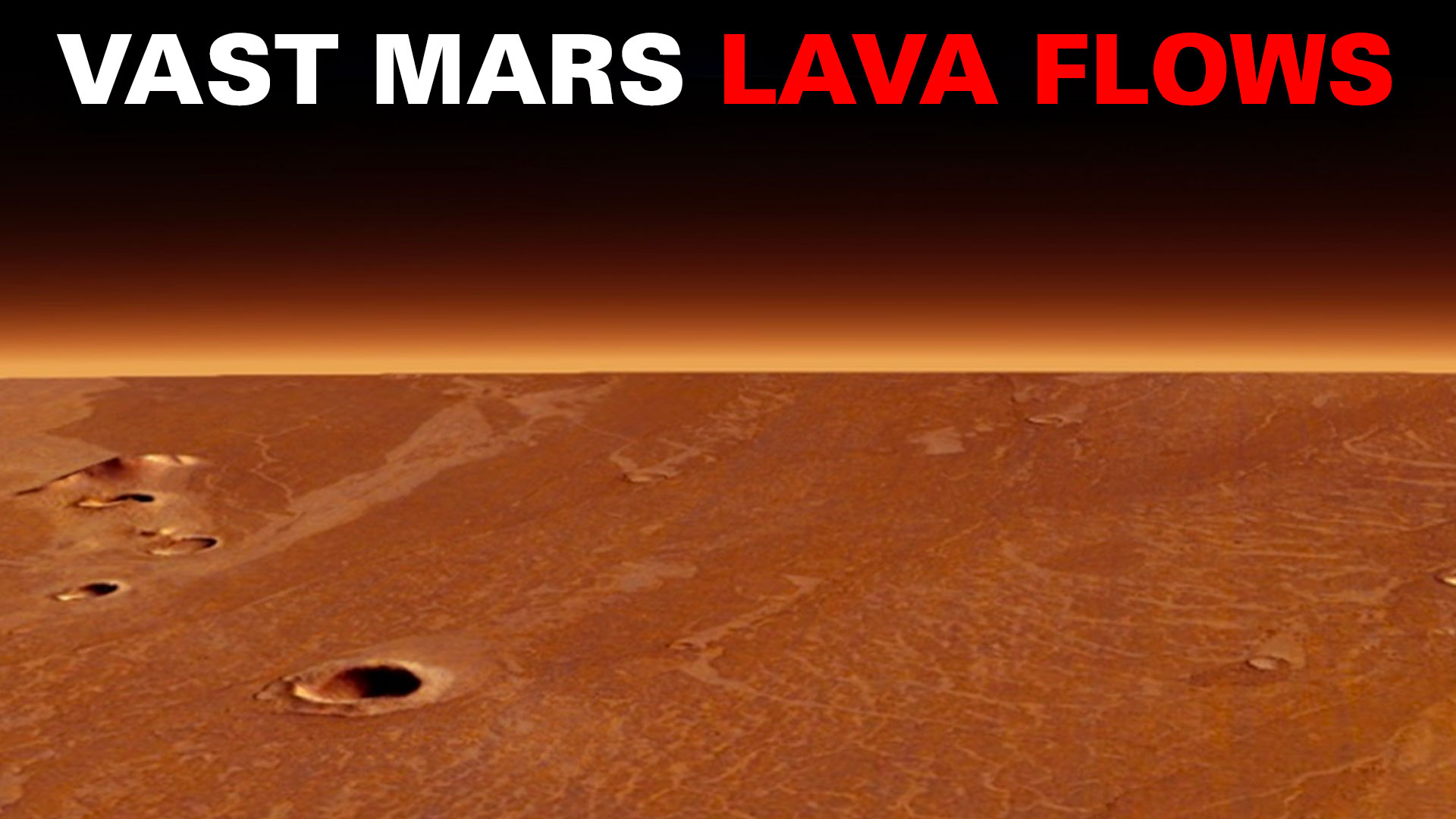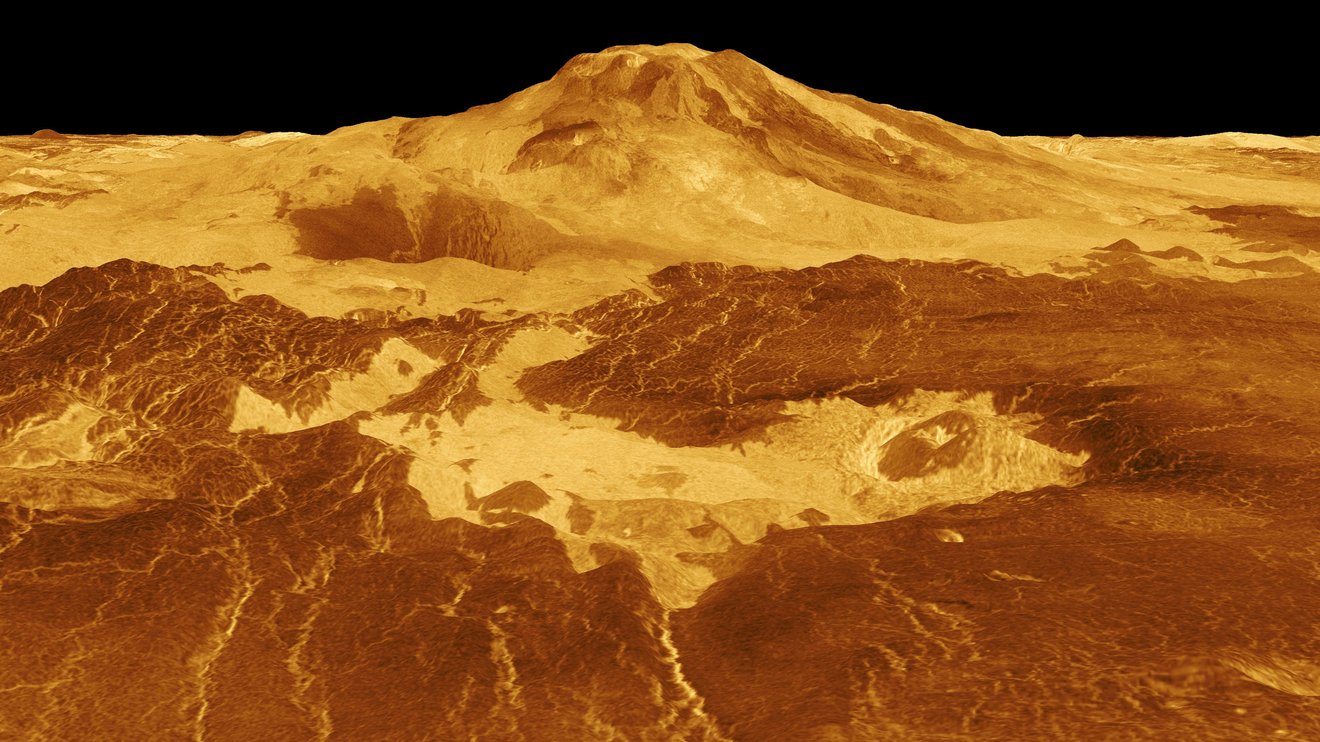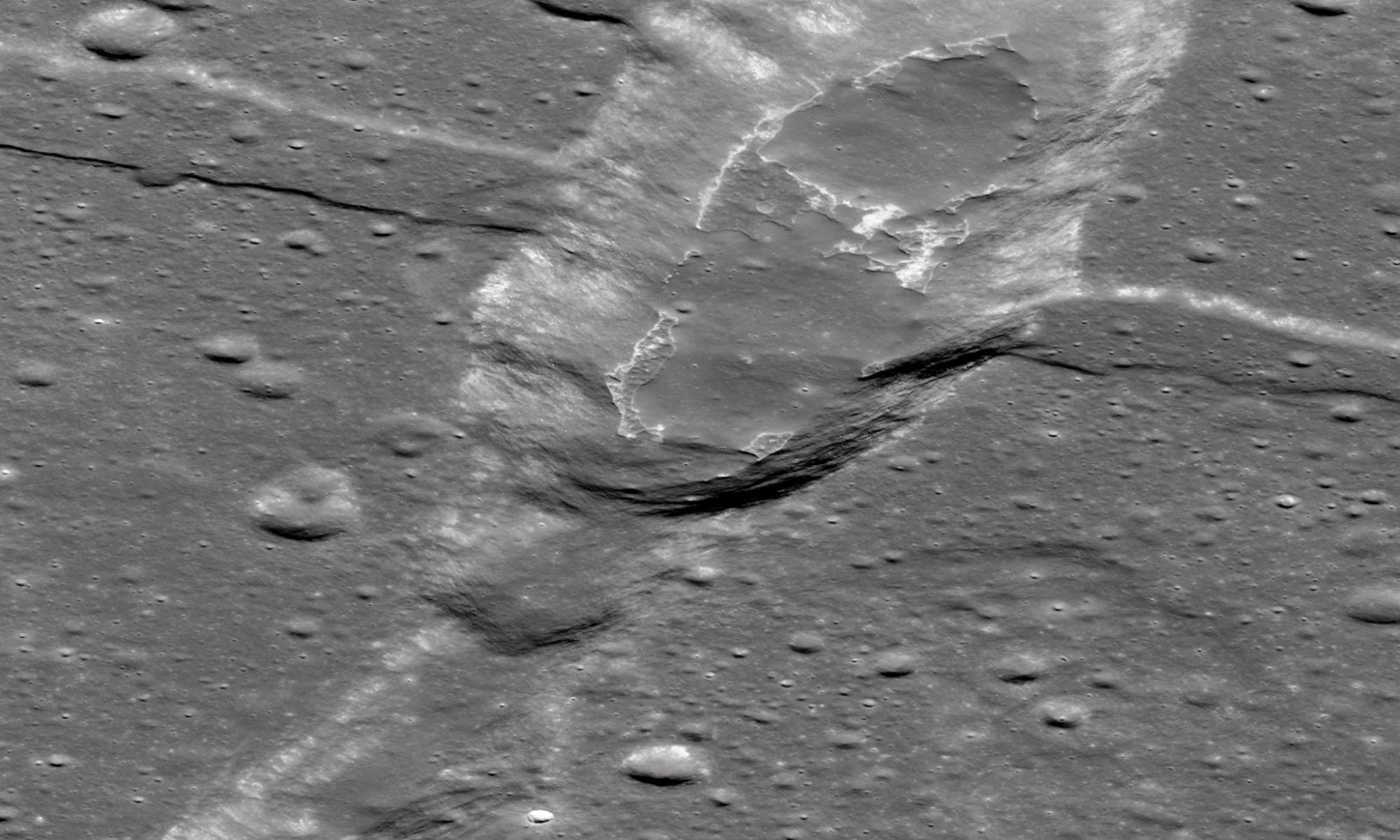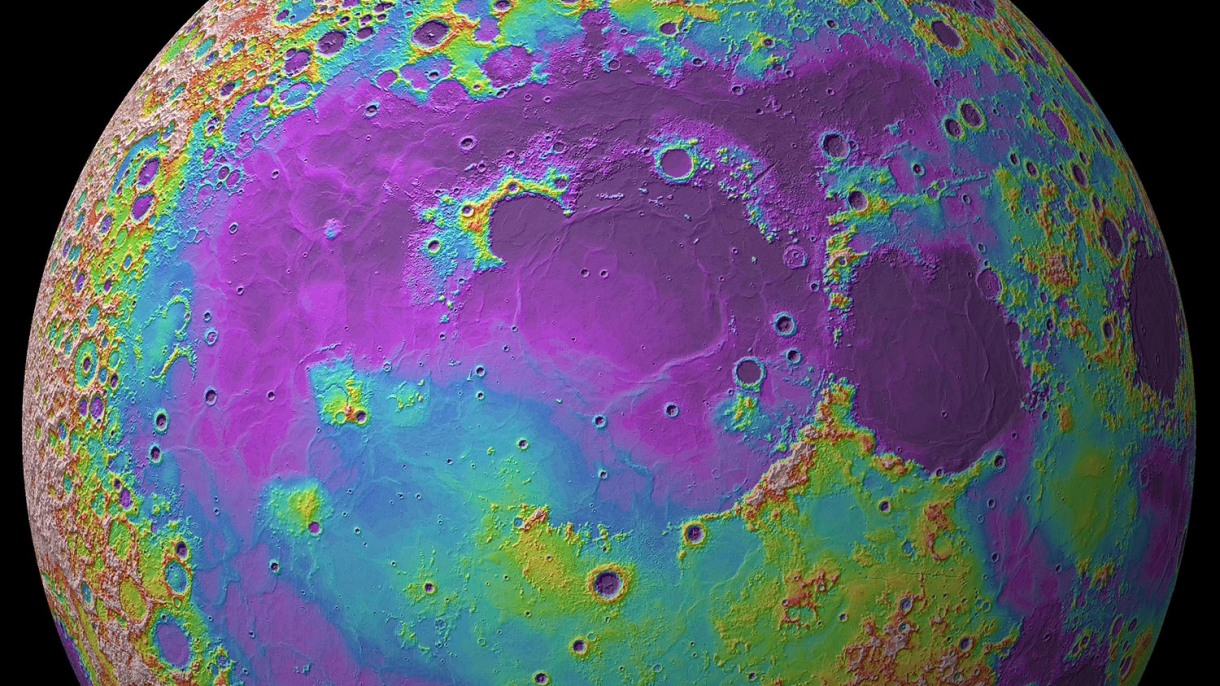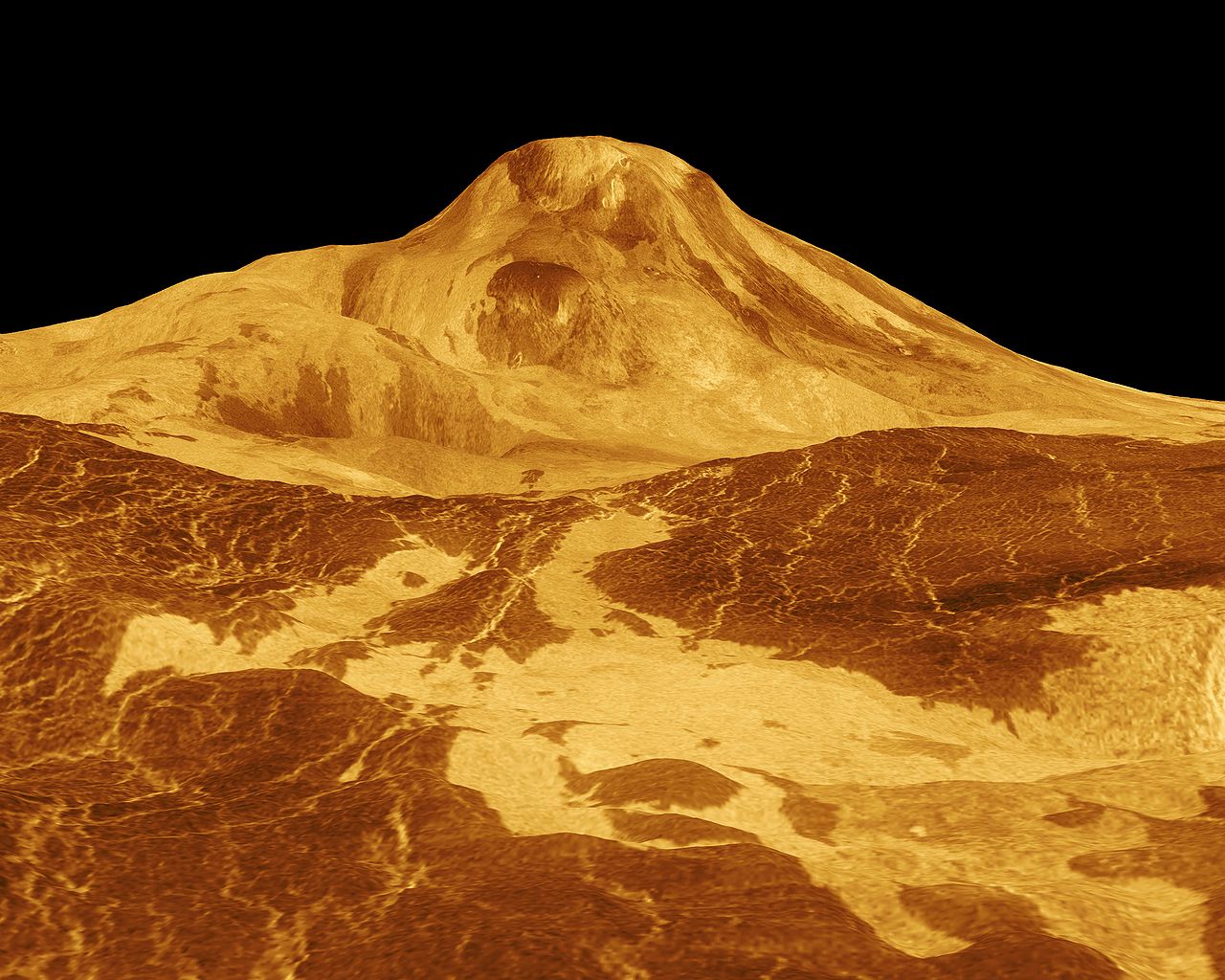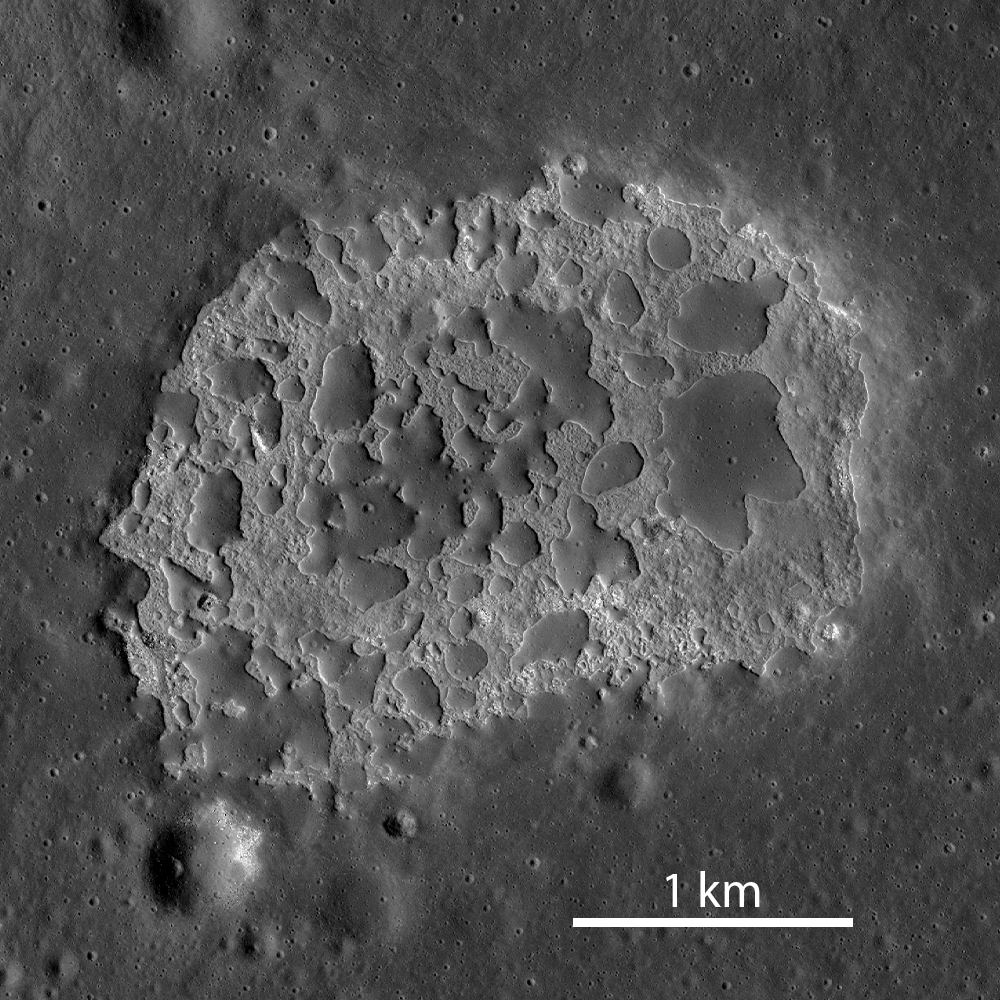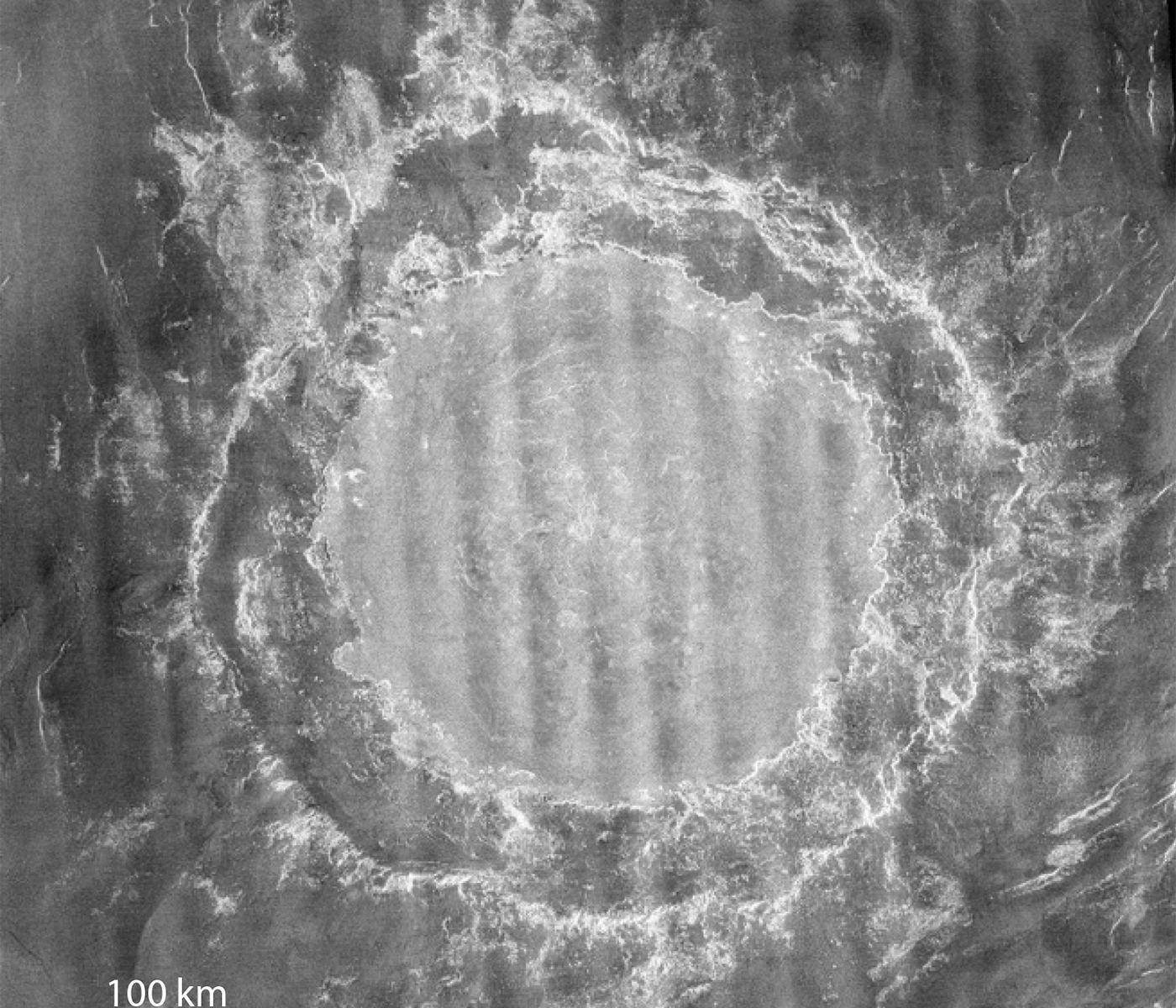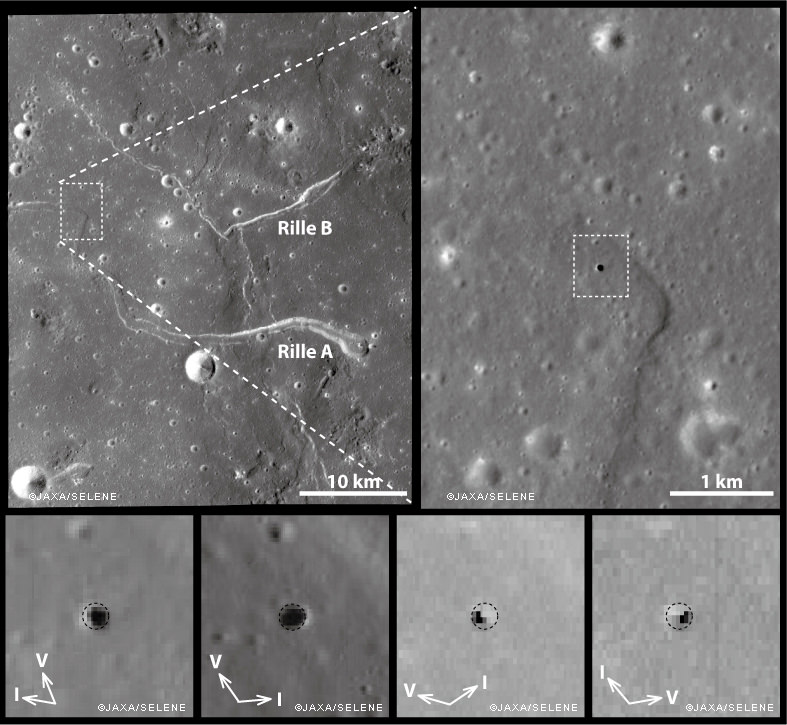Using archival radar images taken in the 1990s by NASA’s Magellan spacecraft, scientists have found evidence of recent active volcanism on Venus. The images revealed a volcanic vent that changed shape and increased significantly in size over an eight-month period.
The scientists say their findings confirm long-held suspicions that the planet, which is known to have a very geologically young surface and evidence of past volcanic eruptions, is still active today.
“We made the discovery in the most likely place that there should have been new volcanism,” said Robert Herrick, a geophysicist at the University of Alaska Fairbanks, speaking at a briefing on March 15, 2023 from the Lunar and Planetary Science Conference in Texas. “Extrapolating from a data set of one for an entire planet could be dangerous, but most scientists would say it’s pretty good evidence that being able to catch an eruption in an eight-month time frame means that others are taking place as well. It confirms there is modern geological activity on Venus.”
Continue reading “Potentially Active Volcanoes Have Been Found on Venus”


